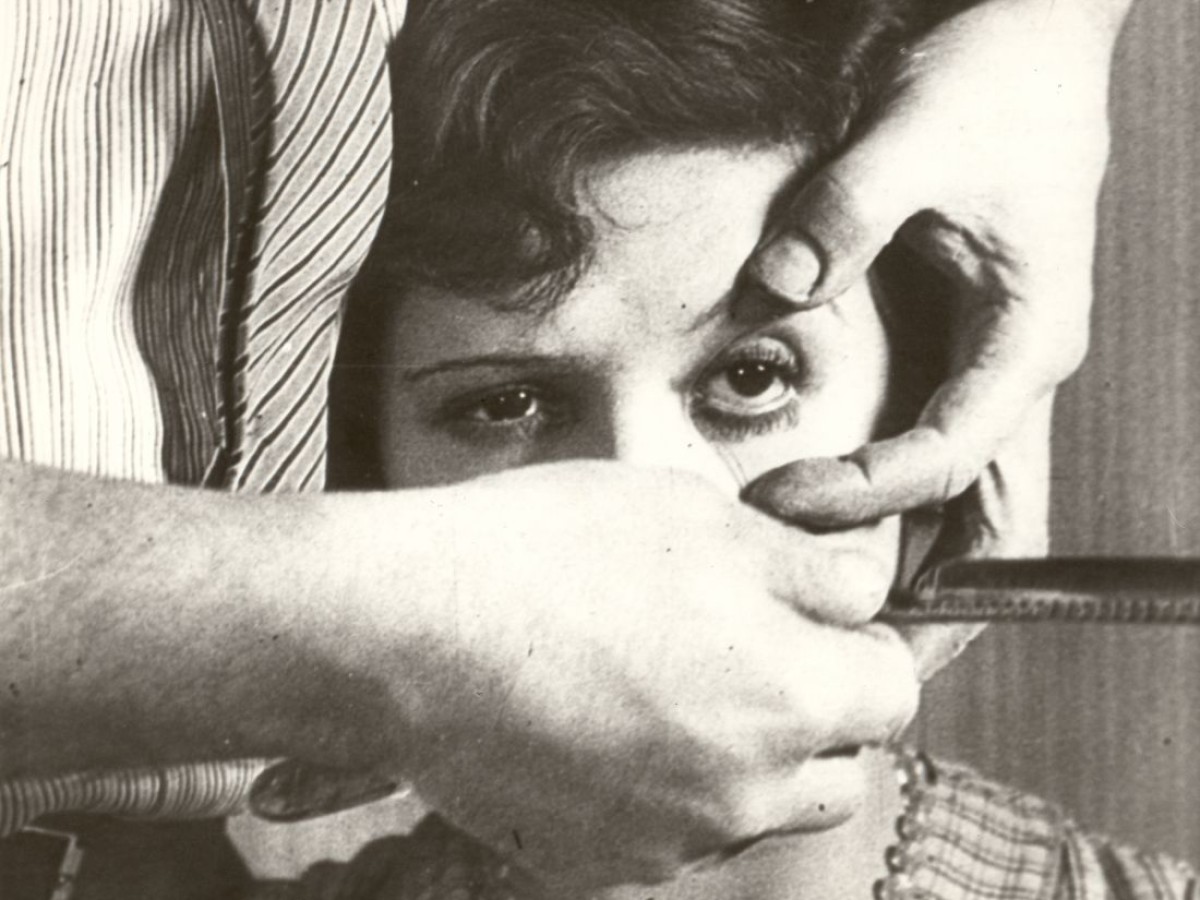Avant-garde: Film
Cinema and Classical Modernism
March 21 to 30, 2007
Ever since its earliest beginnings, the medium of film has been closely linked to the experiences of modernity. In the physical directness and dynamism of popular cinema, the avant-garde movements of the 1910s and 20s, such as the Futurists, Dadaists and Surrealists, discovered a "seventh art” – a kind of counter-art which they hoped would sweep away bourgeois ideas of culture. Turning from viewers to filmmakers, avant-garde artists also created a new and independent cinema from 1920 onwards.
Their experimental ways of treating light, rhythm, figural representation and the illusion of movement and their subversion of audience expectations touched the inner core of the medium for the first time: film as a new and autonomous form of thought and perception. The shocks and scandals which are associated with many of these films – such as Ballet mécanique and L'Age d'or – are now considered to be pivotal events in the history of modern art.
This selection of 45 works presents the principal works of the "first avant-garde”: Dadaist-Surrealist films by Fernand Léger, Marcel Duchamp, Man Ray, Germaine Dulac & Antonin Artaud, René Clair & Francis Picabia, Luis Buñuel & Salvador Dalí; the "absolute" films and city symphonies by German artists such as Hans Richter, Walter Ruttmann and Oskar Fischinger; the Constructivist cinema of Dziga Vertov as well as the "angry documentaries" by Jean Vigo and Joris Ivens which augur the politicization of the avant-garde in the early 1930s.
In addition to these, rare works by artists such as Charles Dekeukeleire, László Moholy-Nagy and Jay Leyda can be seen and discovered, as well as films by writers such as Jean Cocteau and Bertolt Brecht who enriched the first wave of independent cinema.
This programme is closely tied to a collaboration between the Film Museum and Vienna's Museum of Modern Art (MUMOK), integrating the medium of film for the first time into the MUMOK’s presentation of Classical Modernism. Due to open in March, 2007, the MUMOK show includes a number of 35mm films loaned by the Film Museum as well as photographs, original sketches and posters from its non-film collections.


